Today I want to talk about wearing a night splint for plantar fasciitis and other foot conditions. Basically, you can use a night splint for any type of foot pain that gets better with some rest and immobility.
Now there are many different types of splints out there and we have tried many of them. There really are a couple of concepts that you need to know about night splints. So first of all let’s talk about why night splints work in the first place.
When your calf muscle becomes very tight the foot goes down into an unnatural position and the tissue underneath the foot becomes really tight. So when you get up in the morning what happens is you get this sudden push back and feel pain under your foot’s sole. The calf pulls in the opposite direction than the plantar fascia and this movement causes a significant amount of pain at the bottom of the foot and even into the heel.
That’s why it’s so common to have morning pain when you take your first couple steps and it kind of loosens up and starts to feel a little bit better over the course of the day when you have plantar fasciitis. Night splints can be very beneficial and the research shows that there’s a pretty high incidence of a good response to using these. But here’s the problem: They’re quite large and they can be a little uncomfortable to use at night and just bulky in your bed so it can take a while to get used to this. So what we usually tell people to do when they first get started with a night splint is don’t try to wear it all night long.
For example, if you put it on at nine o’clock and let’s say you fall asleep but at one o’clock you wake up because your night splint is bothering you and you take it off your foot will end up in this wrong position again in the morning and then you still have the same problem.
Number one, it’s critical that you get up with this on so the foot is at least propped up a bit like this and that everything stays stretched out, thus your morning will be much more enjoyable.
So just do it the other way around. Go to bed without your night splint and set an alarm clock to wake up at halftime. Let’s say you go to bed at 10 pm and need to get up at 6 am, simply place your night splint right beside your bed and wake up at 2 am to put it on. This time your foot stays in the anatomically correct position for the remaining hours during your sleep and you’ll wake up with a lot less or no pain at all. Make sure to walk your first few steps with the night splint on before you eventually take it off to get dressed for the day.
You’ll maybe notice that your night splint pulls the foot back quite a bit. And there are these straps attached to most night splints that can make it go back even more. We really don’t care that the foot comes back too far because you’ll cramp up during the night and it’ll be very uncomfortable.
So anything is better than this position. That’s why we just pull it up a tad bit more. If you can tolerate the neutral position that is perfectly fine you’ll be much better off in the morning.
We built a night splint that we had a lot of success with. It just fits really well and it has a lot of nice padding so it stays on your foot for longer more comfortably. And once you have fit it to yourself you just adjust the straps the first time and then you’re all set to go and just keep using the same settings every night. It’s almost like set and forget. Very convenient if you ask me.
However, a lot of people when they’re sleeping at night will have a tendency to push the foot down and try to push the night splint off subconsciously. When you’re sleeping and notice that you tend to do the same what you can do is take a little extra washcloth and put it under these two straps. It just keeps the heel into the brace a lot better and these two side straps are meant to pull up to get the foot way up so that’s not comfortable. I don’t worry about that so we can really loosen these straps up and just let the brace hold the foot in a neutral position. This is how you use a night splint and make sure that you wake up with your night splint on.
You may need a few days to get used to wearing a night splint properly. So give it some time and keep using it every single night, even when you would rather throw it out of the window. Don’t do it. And remember, as long as your foot is not pointing all the way down you’ll have good success using a night splint.
How long you should wear a night splint
The American Physical Therapy Association, which is the professional body for physical therapists in the United States, has stated that there is substantial evidence in favor of night splints use. This means that night splints should be worn on a regular basis for 1-3 months, depending on the severity of symptoms. It may take several weeks in some situations. It’s also crucial to note that many individuals don’t experience any immediate relief during the first month. Night splints work, but they move slowly. As a result, simply continue using them. More than 70% of individuals would report feeling better at the end of two months.
People typically do not like wearing them for extended periods of time. They are considered to be very uncomfortable. It is difficult for many individuals to fall asleep in them. Getting use to them may take some hard work. Nonetheless, with regular usage, most people will become accustomed to them and cease feeling them altogether. As a result, it’s crucial that you stick to a routine.
Can you wear a night splint during the day?
Absolutely. There’s a misconception that plantar fasciitis night splints can only be used at night. They are of great help and can be worn for extended periods whenever you don’t need to move much. You can easily wear it while watching Netflix or TV, while working and sitting at your desk, while chilling on the couch with a good book or magazine or even during flights or road trips.
In conclusion, it may be said that night splints will assist the majority of individuals with plantar fasciitis, but they won’t help everyone. They’re a little awkward at first, but they become more comfortable with time. After one month of usage, most individuals will see improvements. The majority, however, may require them to wear for much longer. It is not a terrible notion to don them even during the day if you can’t walk for a few hours.
Are night splints only for plantar fasciitis?
No, night splints are a great tool to use for any kind of foot pain that requires rest. But mainly you will benefit the most from a night splint if you are dealing with plantar fasciitis or heel spur, Achilles tendinitis or ankle pain.
Side effects of night splints
A night splint is a low-risk treatment for plantar fasciitis that doesn’t usually cause any other problems. It’s difficult to make a mistake with a night splint. Make sure the night splint is positioned correctly and isn’t too tight, as this may have undesirable consequences such as decreased blood flow.
In my opinion, the night splint is an highly successful tool for eliminating heel discomfort immediately upon arising, which is what almost every person with plantar fasciitis experiences. The reasons for this are outlined above. Over the years, we have equipped many of our customers with night splints and most of them had spectacular outcomes. It’s one of the most readily available, inexpensive, and efficient treatments for plantar fasciitis because it reduces discomfort when the patient gets out of bed in the morning. Plantar fasciitis sufferers who use night splints report less pain and a quicker return to normal activity. In addition, there is some good quality evidence supporting the usage of night splints in the treatment of plantar fasciitis.
Can you make your own night splint at home?
While it’s not possible to create a professional night splint yourself, you can try out various options to see which one fits your needs and gives you the results you are looking for. If you have severe pain in your foot, we recommend either seeing a doctor or at least getting a night splint that was created and designed by a professional podiatrist or physical therapist.
You can try using a new and clean, stiff boot that you can wear in bed. You only need to make sure that your soles are extended and that the ankle stays at approximately 90 degrees. This may give you a short-term solution.
Another way is to use a pair of compressions socks and put it on normally. Then fold it down over the arch a few times until it looks like an ankle sock. This construction keeps the arch high and can provide just the amount of stretch that you want. You may need to experiment a bit to find the right tightness and fit, so make sure that you’re not folding the socks too tight.
If you don’t have compression socks at home you can use a normal long pair of socks as well. Sew two loops on it and take a cord or shoestring and thread it through the loop down by the toes. Now you can pull both ends of the cord up until you feel a gentle stretch along the bottom of your foot. Anchor the cord to the loop at your shin and you’re ready to go.
But again, I can only recommend these homemade solutions as temporary ones. If you need a good and healing stretch, please purchase a good and professionally made night splint. We have a good selection here in our shop too, so please feel free to check out if our products can help your condition.
Night Splints for Bunion
A bunion is a condition in which one or both of the big toe joints are out of line. Only surgery can totally cure a bunion, but other conservative treatment options have been found to aid in correcting misalignment and delivering pain relief after surgery, including hinged splints, rigid splints, foot braces, toe separators, and foot cushions.
A rigid bunion splint, also known as a night splint, is put over the afflicted side of the foot to assist with immobilization and support. While night splints can alleviate discomfort and malalignment, their inflexible design means they are only appropriate for wear at night.
A hinged bunion splint is similar to a rigid splint, but it includes a hinged connection for the patient to move while wearing it. Hinged splints are convenient for bunion patients seeking bunion correction and pain alleviation while still pursuing their usual daily activities.
The principles by which soft braces function are the same as those used in rigid braces. They may be made of an elastic strap or a supported sock and have a low profile to allow them to be worn with shoes comfortably.
Small toe and foot cushions, which may be worn inside shoes, are available to provide comfort and soft protection for bunions and other toe and forefoot ailments. These goods are frequently constructed of smooth rubber-like materials with footpads and toe separators.
Conclusion
Night splints are a tool that some people use to treat their plantar fasciitis. They work by immobilizing the foot and restricting how much it moves, which helps with pain relief. This is not an overnight fix for this condition, but nighttime wear can be very helpful in easing symptoms or preventing them from worsening. Some patients find they need a little more support than just these basic designs to provide so we have rigid bunion splints as well – perfect for those who want to live life without being limited! We also carry soft braces if you’re looking for something less restrictive than our rigid models. In addition to bunions, toe cushions may relieve the discomfort of other ailments such as blisters on your toes or under your feet.
So if you’re looking for a foot brace, night splint with adjustable stretch, compression socks, foot cushions, insoles, heel seats or bunion braces please visit our shop.
If you like this article please shoot us a comment. I’d really appreciate it and be sure to read more articles about foot pain, plantar fasciitis and other foot conditions on our blog here.





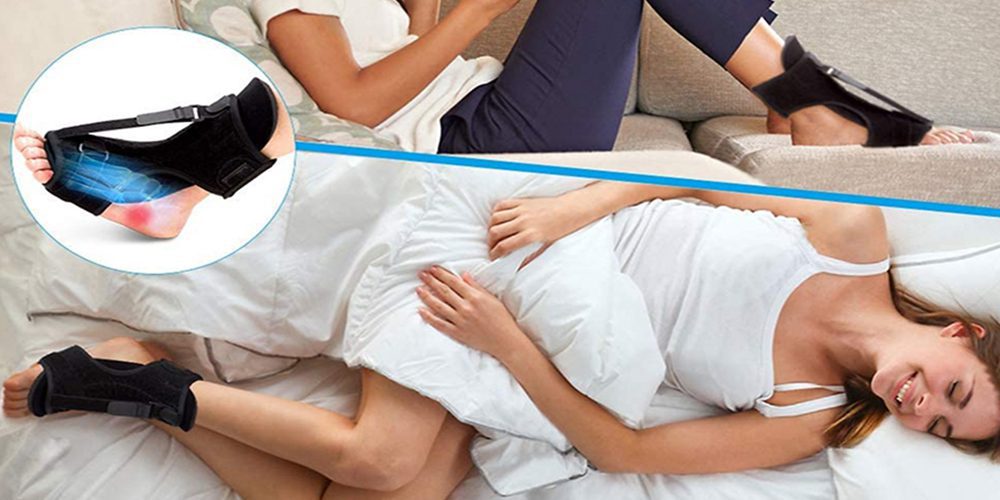





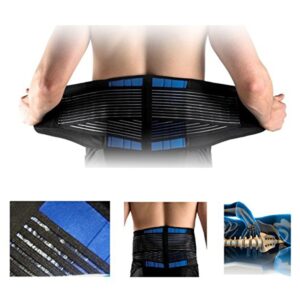
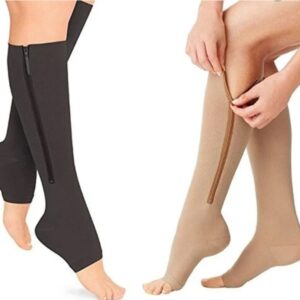
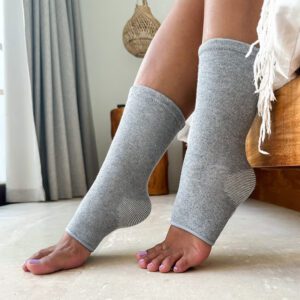

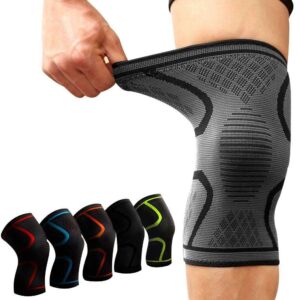

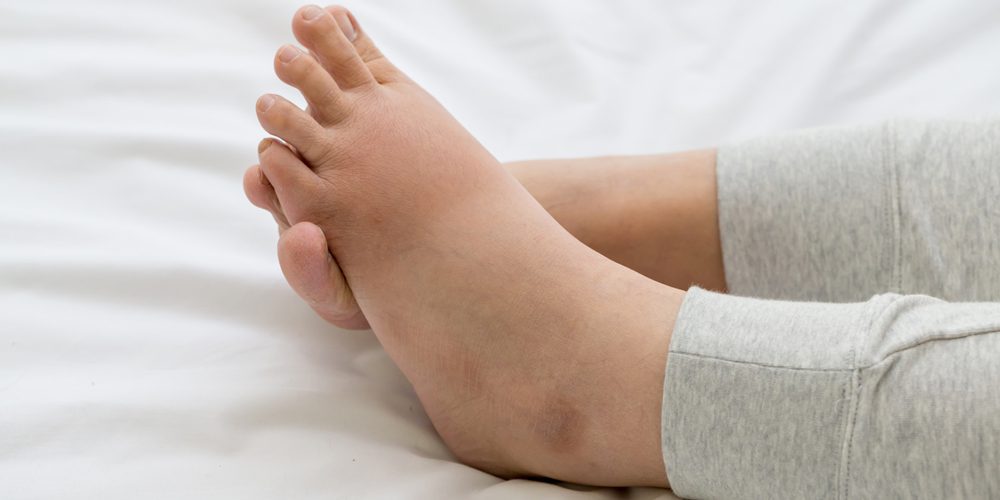
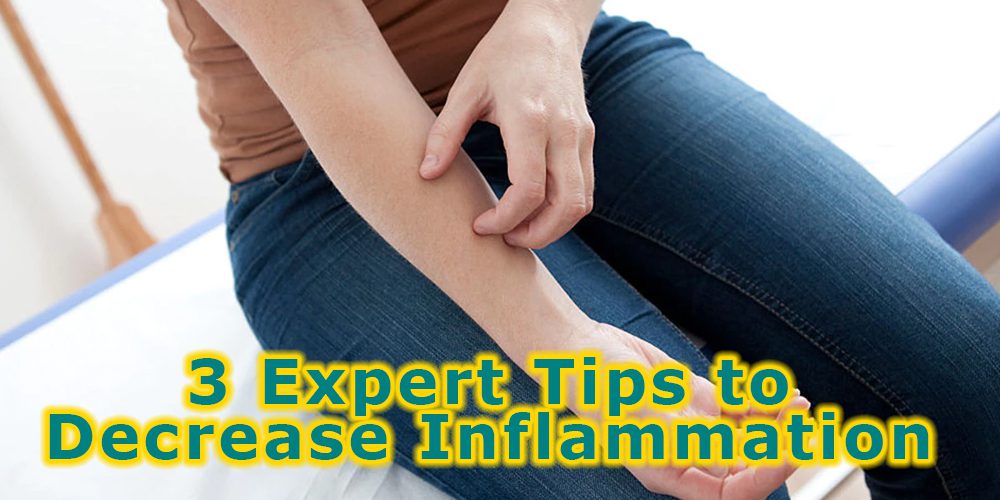



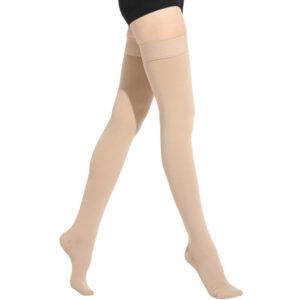

One Response
My physical therapist has recommended that I wear a night splint as treatment for drop foot. plaease. Recommend a product that I can use